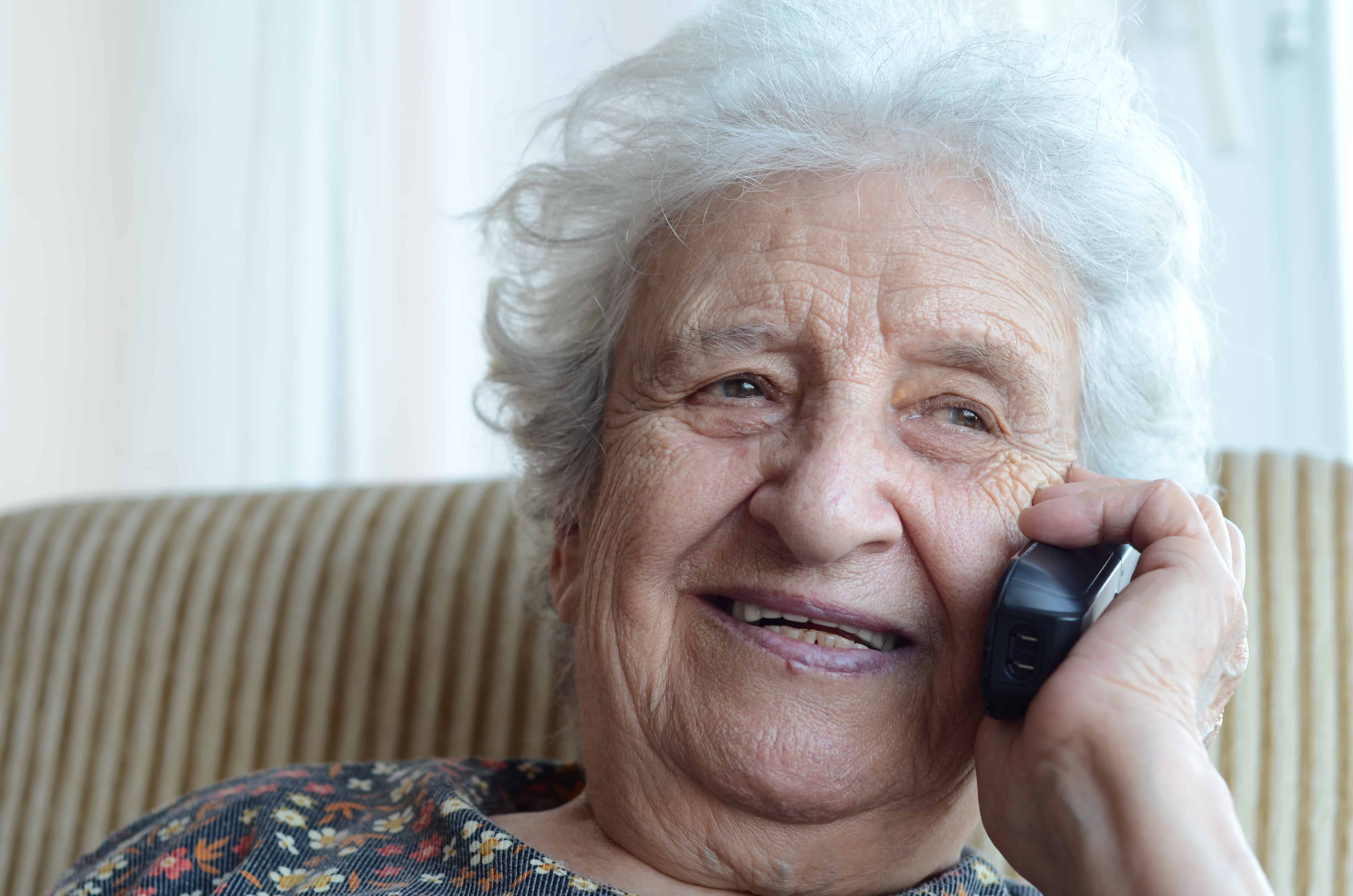The Guardian posted an article in June this year looking at mental healthcare, and the lack of attention paid to prevention. With only 5% of mental health research funding spent on prevention, there is surely a long way to go before we see prevention as a working solution for mental health problems, allowing issues to escalate before action is taken.
Looking more deeply
I have been looking into the impact poor mental health has on physical health and wellbeing, and the ability to recover after illness the King’s Fund identifies an overlap between long-term conditions and mental health problems in England
“46% of people with a mental health problem have a long-term condition, 30% of people with a long-term condition have a mental health problem (approximately 4.6 million people)”.
Loneliness and isolation have long been identified as injurious to mental health with Age UK the Campaign to End Loneliness being at the forefront of work to try and prevent loneliness in older people. The Silver Line has been specifically set up to provide human contact over the phone for older people feeling alone.
A 2016 paper in Social Psychiatry and Psychiatric Epidemiology concluded that
“Depression 1 month post-injury is an important predictor of recovery”
A recently published paper by Aston University has now identified that in a group of 756 patients, those contacted by phone after a hospital discharge were less likely to be readmitted within the following 28 days, than those where contact hadn’t been attempted (9% versus 15.67%).
In a time where we are facing constant challenges to health and social care workforces, with a growing elderly population, and issues with recruitment and retention, we are increasingly looking for technological solutions to meet the needs of the frail and elderly.
Technological Solutions
There are many great technologies on the market and in development that can help in prevention, detection and calls for response, but for some people what they need is to speak to a human being.
Alertacall Technology combines proactive monitoring of people living alone, offering the daily option to press a button to say that they are Okay, or speak to someone, at present this technology is predominantly in use in social housing, but what if it were to be used as part of post-operative or discharge pathways? Is this a step towards interventions that support physical and mental wellbeing? Maybe it’s worth a look.



